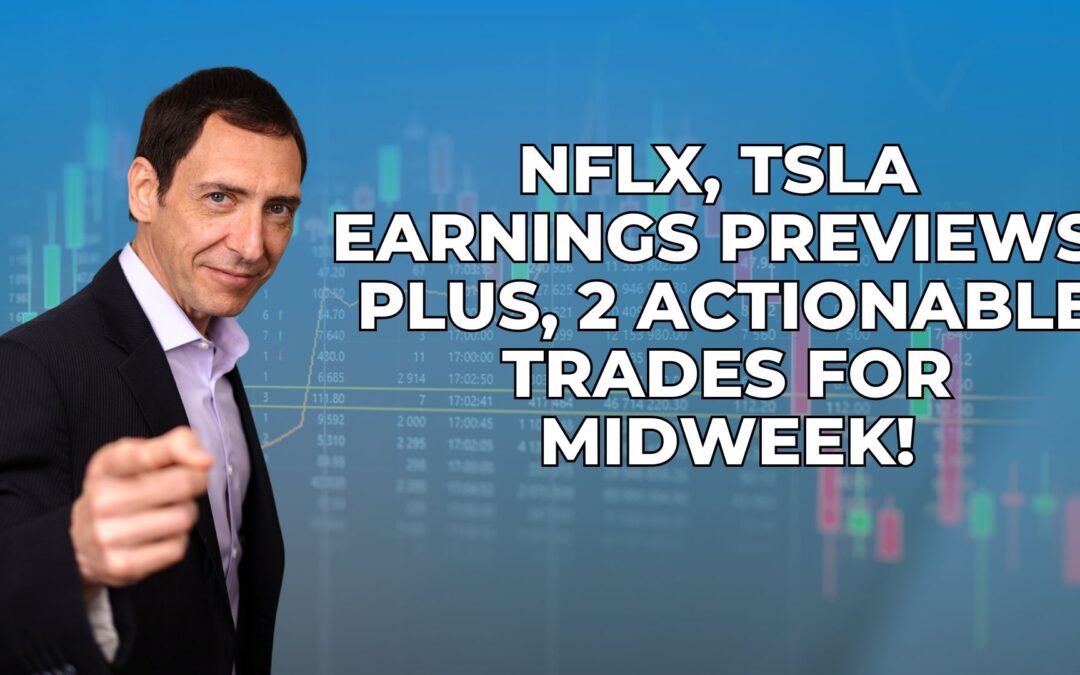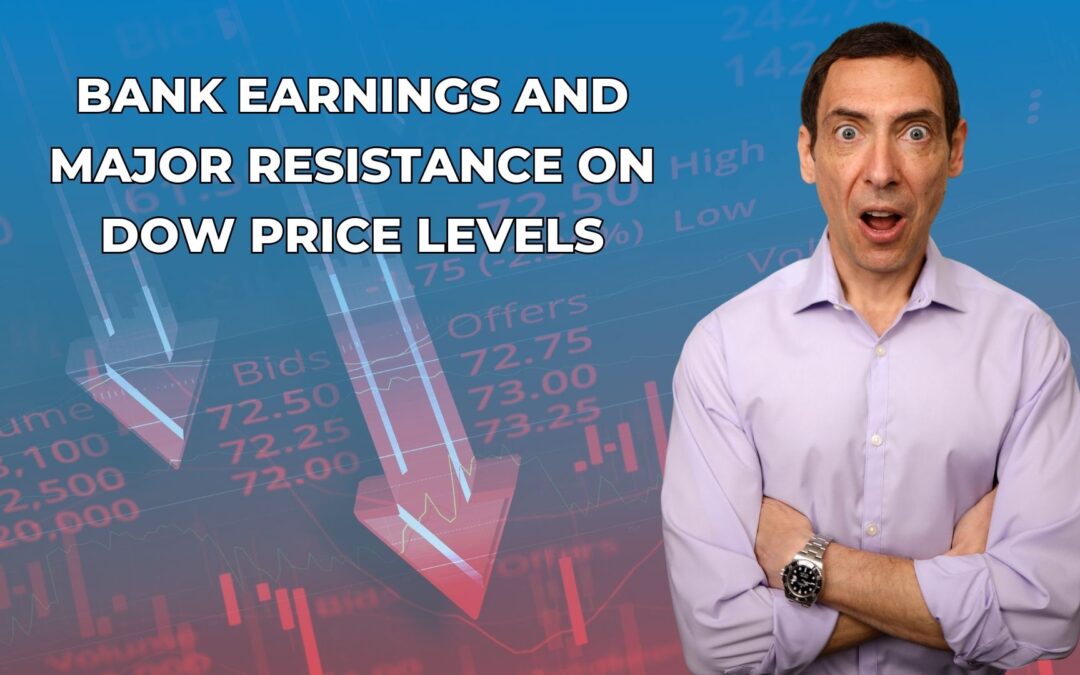One of the most popular option strategies is a covered call strategy; it’s very simple to initiate and the only prerequisite is owning the underlying asset. If the underlying asset stays at the same level or moves higher, the options seller will profit from the trade. But in situations where the underlying asset moves lower, the covered call writer is only protected to the extent that the option premium that you sold offsets the loss on the trade.
To give you a simple example, let’s say that you sold ABC stock at $80.00 per share, and you sold the $80.00 strike price call option for $7.00 simultaneously. If ABC stock stays near or at the $80.00 price level till the option expires, the options seller will get to keep the $7.00, and get to keep the shares of ABC stock as well.
If on the other hand the stock moves up to $90.00 per share, the option seller will get to keep the $7.00 per that he brought into the account for the sale of the $80.00 strike call options, but the seller will NOT gain anything on the stock above the strike price that was sold, so the seller will be forced to sell the shares at $80.00 per share, since that’s the strike price of the option that was sold.
Nonetheless, the seller did get to keep the $7.00 for the obligation he created when selling the option.
Imagine the other possible scenario, where ABC stock plunged to $60.00 after the call premium was sold and before the options expired. In this case, the call seller would get to keep the $7.00 premium, since the options buyer would have no reason to exercise his right and buy the stock at $80.00, when he can buy it at $60.00 – the current market price. So the call buyer would lose $7.00 to the seller, but incurs no other loss or liability.
But the option seller on the other hand, would be in a bad position because he bought the stock at $80.00 and is now down $20.00 on the trade. If the stock dropped $7.00, then the seller would break even on the trade, but in this case the stock moved down $13.00 beyond the premium value, so the covered call seller ends up being down $13.00 on the trade.
Now that you understand in a practical sense the risk that the covered call seller incurs every time he initiates a covered call position; imagine a scenario where the covered call seller would buy a put option to protect himself against the possibility of a major downside price drop.
YOU JUST HIT THE “GOLD MINE“
Want to know what gold, currencies, and the stock market have in common?
Click here for your chance to turn pocket change into riches.
It’s the secret that almost no Forex traders realize, and very few options traders even knew existed.
Grab your seat to this “Gold Mine” event here
A Collar is simply a covered call that’s also protected against downside selling pressure with a long put option, so if the market decides to have a correction, the dollar value that will be lost on the shares will be offset either partly or fully, by the gains on the long call options.
Creating a Collar is not a complex process and defensive traders who are concerned with capital preservation rather than making large gains tend to utilize the Collar spreads quite often, because you are simply exchanging some profit potential for risk protection.
One major downside of creating a Collar is the significant decrease in your profit on the trade, since the majority of the income that you received for selling the call option, goes into buying the protective put option.
Therefore, it’s very important to initiate the Collar spread at times when there’s a stronger expectation that the underlying asset will move higher; so that implied volatility will be substantially higher on the calls instead of the put options, giving you an opportunity to sell the calls at a higher premium than what you paid for the put option
EXAMPLE OF A ZERO-COST COLLAR TRADE
In this example, you would purchase 100 shares of ABC stock at $60.00 per share. Right after you receive your trade fill confirmation, you to ahead and sell the $65.00 strike price call option at $6.00 per contact and at the same time you purchase the $57.50 strike price put option for $3.00 per share as an insurance policy, in case the stock moves substantially lower.
Assuming the stock price stayed at the $60.00 price level till expiration, the put option that you purchased would expire worthless and you would lose the $3.00 that you paid for the insurance policy on the trade.
Similarly, your obligation to the call buyer would terminate and you keep the $6.00 that was paid to you for your obligation to sell the stock at $60.00 per share. The reason why the stock was not called away was because the call buyer has no incentive to pay you $60.00 per share since that’s the current market price. You would end up keeping the shares, and your profit on the trade would be the difference between the premium you received for selling the call and the put option that you purchased for protection; so you would make $3.00 on the trade at expiration.
Similarly, your obligation to the call buyer would terminate and you keep the $6.00 that was paid to you for your obligation to sell the stock at $60.00 per share. The reason why the stock was not called away was because the call buyer has no incentive to pay you $60.00 per share since that’s the current market price. You would end up keeping the shares, and your profit on the trade would be the difference between the premium you received for selling the call and the put option that you purchased for protection; so you would make $3.00 on the trade at expiration.
In another scenario, let’s assume that ABC stock moved up to $66.00 at the time of expiration. In this situation, you would be obligated to sell the stock at $65.00 per share, which is the strike price of the call option that you sold. You would keep the $6.00 that was paid to you for the obligation to sell the shares at $65.00 per share and you would lose the $3.00 that you paid for the $57.50 strike price put option, as insurance in case the stock imploded lower. So you made $5.00 profit on the shares, since you purchased the stock at $60.00 per share and you sold the shares at $65.00 per share and you kept the premium from the call option as well. You ended up making $11.00 on the upside and your loss was only $3.00, the price for the put option that you bought. So in this scenario, you made a total of $8.00 on the entire trade in the end.
In the last scenario, let’s assume that the price of ABC stock moved lower to $55.00 at the time the options expired. Your shares would lose $5.00, but because you purchased the $57.50 put option, you would be protected to the downside from any point below the $57.50 price level. So you would lose the $3.00 that you paid for the put option, but your lose would be limited to $57.50, so your total loss on the trade was $2.50 that you lost on the decrease in the stock price and you would lose $3.00 that you paid for the put option. So your total loss on the trade would be $5.50, but since the price of the underlying asset moved lower, you would end up keeping the $6.00 premium that you received for the obligation of selling the call option at $65.00.
MINUS 16 HOURS UNTIL OUR NEXT TRADE POPS…
One of our members caught a 58% gain is just ONE DAY…
Another, $2,080 in profit in just ONE DAY…
Every day you miss out on this could be costing you.. $500… $1,000.. Even $2,080a day…
Click here to catch our next Jump Trade
One of the best times to initiate a Collar spread, is exploding higher over a very short period of time. This is a very good time to take advantage of implied volatility levels being substantially higher to the upside than the downside and as a result you will be able to sell the call options for a higher premium in relation to the puts that you will buy as a protection against a sudden unexpected price pullback.
I typically initiate both the call and the put that is slightly out of the money. This way I can adjust the risk and the reward to take advantage of further price gains in the underlying asset, in addition to the disparity between the two options.
As you can see in the example of DEPO stock, the best time to initiate a Collar spread is after a strong parabolic move to the upside; so that implied volatility levels on the call side will be much higher than the implied volatility on the put side, giving you an opportunity to sell call options for a higher price than the cost you would pay for the protective put option.
Overall, the Collar is an overlooked strategy that can help you increase gains when volatility is much higher on the upside and the market sentiment is very bullish. Using both calls and puts that are out of the money, allows you to adjust the position to gain the best profit to risk potential on the trade.
Roger Scott
Senior Publisher
WealthPress



